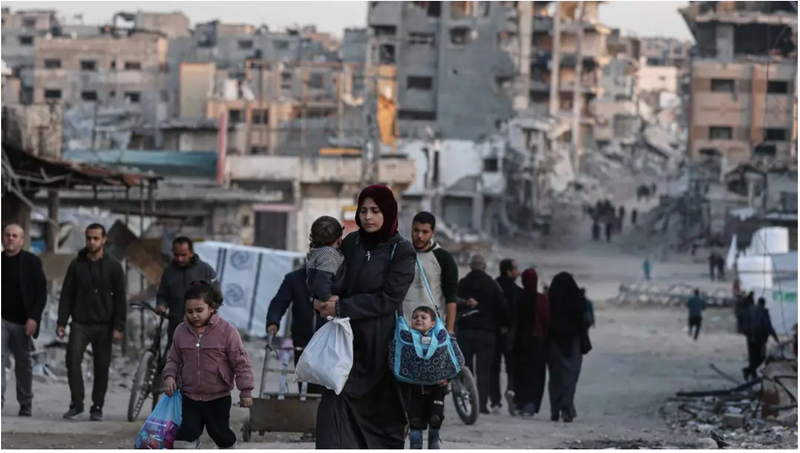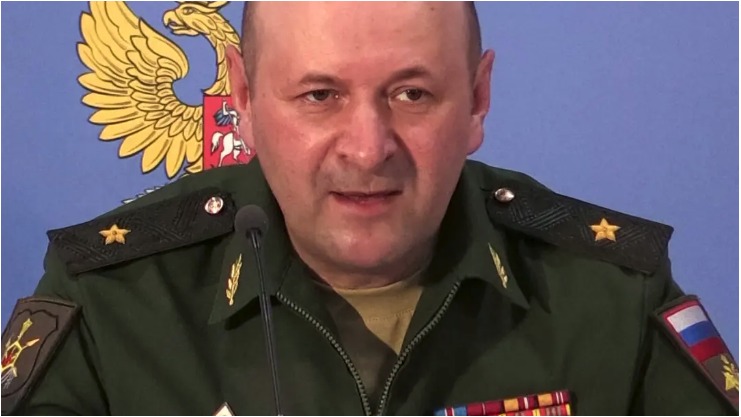US Strikes Alleged Iran-Linked Weapons Facility in Syria
The US military struck a suspected weapons storage facility in eastern Syria used by the Islamic Revolutionary Guard Corps (IRGC) and Iran-backed militias on Wednesday, the Pentagon said in a statement....

Facts
- The US military struck a suspected weapons storage facility in eastern Syria used by the Islamic Revolutionary Guard Corps (IRGC) and Iran-backed militias on Wednesday, the Pentagon said in a statement.1
- The second US strike in recent weeks was carried out by two US F-15 fighter jets and was in response to recent attacks on US forces, US Defense Secretary Lloyd Austin said. He added that the US 'will not hesitate to take further necessary measures to protect our people.'2
- Austin, who said the 'precision self-defense strike' was directed by Pres. Joe Biden, also warned of further escalation as the US military continues the fight against the Islamic State (IS) in Iraq and Syria. Following the strike, Iran-backed militias fired drone and rocket attacks at the Harir airbase in northern Iraq, which hosts US personnel, as well as US bases in the al-Omar and Conoco gas fields in eastern Syria.3
- According to the Syrian Observatory for Human Rights, a UK-based war monitor, nine Iran-affiliated militants were killed in the attack. The US previously attacked two facilities in Syria on Oct. 26, allegedly used by the IRGC and associated forces, but said there were no casualties.4
- Meanwhile, Iran-backed Houthi forces claimed responsibility for shooting down a US military drone off the coast of Yemen on Wednesday. This follows last month's interception by a US Navy warship of cruise missiles and multiple drones that the US said were fired at Israel from Yemen.5
- There have reportedly been 41 attacks on US forces in Iraq and Syria since Oct. 17, with 46 military personnel injured from Oct. 17 to 21 before the US retaliatory strikes. Around 900 US soldiers are deployed in Syria and 2.5K in Iraq as part of a coalition fighting IS.6
Sources: 1Al Jazeera, 2The Guardian, 3The Jerusalem Post, 4The New Arab, 5BBC News and 6CBS.
Narratives
- Anti-Iran narrative, as provided by Iran International. While the US has recently shown goodwill towards Iran, Tehran has been focusing on escalation since the outbreak of Hamas' savage war against Israel. The mullahs shy away from direct confrontation with the US and Israel and instead use their proxies to escalate the conflict. The second US strike in recent weeks was a surgical and limited response to the ongoing provocations in order to avoid escalation. However, should the Mullah regime choose to attack Israel through Hezbollah, the US will not hesitate to strike back with all its might.
- Pro-Iran narrative, as provided by Tehran Times. Washington's claims that Iran is behind the attacks on US personnel in Syria and elsewhere are baseless, as Tehran doesn't maintain order-receiving proxies. These allegations are pure projection, as it is Israel that is the proxy of the US, with Washington complicit in Israel's Gaza crimes. The strikes on US personnel illegally occupying Syrian territory are a symptom, not the cause, of escalation. Instead of carrying out senseless 'self-defense strikes' and using Iran as a scapegoat, the US should instead be advocating for an immediate ceasefire.






